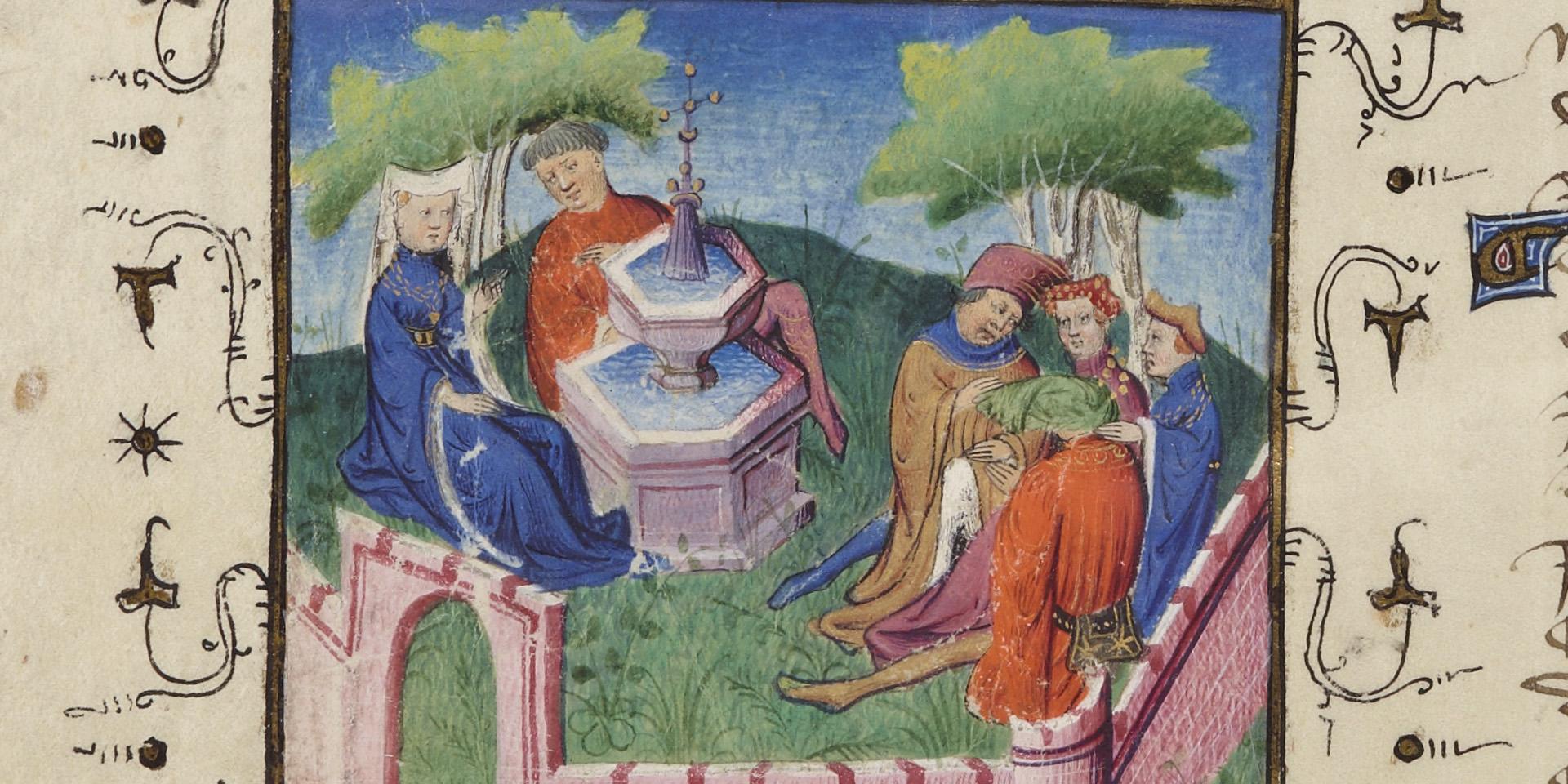Poètes au jardin. De Pétraque à Shakespeare - in english
During the Renaissance, a powerful breath of poetry swept through the gardens, and today it challenges the visitor in the same way that it has prompted this survey. Whether amorous, mystical, realistic or metaphorical, epic, playful or moral, the garden in turn absorbs and releases a variety of meanings and colours. In the course of humanist thought, from its awakening in Petrarch to the first Baroque profusion at the time of Shakespeare, creative work takes advantage of the earth, water and the diversity of plant species, giving the patient labour of the gardener, his gestures and even his tools and skilful manuals, the cadence of verse and the inspiration of the poet. The double presence, intimate and abundant, of artists in the garden and the garden in art, disseminates a poetics that contributes to the development of renewed aesthetic principles.
An overview of the genres, sources and various poetic productions inspired by gardens first illustrates their literary richness, exploring their biblical or mythological backgrounds, their taste for perspective and elegant compartmentalisation. Seven authors of major stature take part in this tour, which runs from the middle of the 14th century to the early years of the 17th: Petrarch, Christine de Pizan, Marguerite d'Angoulême, Thérèse d'Avila, Guillaume du Bartas, Le Tasse and William Shakespeare each open their gardens to us, driven by memory, imagination or a spiritual quest, or even by highly political aims... Each of these sequences is devoted to a particular period and a particular viewpoint, punctuating an itinerary deliberately geared towards a history of the arts based on echoes and cross-disciplinarity.
The former palace of the Kings of Navarre lends itself to this game. In the 15th and 16th centuries, this princely residence was surrounded by sumptuous gardens. On the walls of the Hundred Covered Room, the precious tapestries of Maximilian's Hunts dramatise the contrast between the harshness of the wilderness of the late Middle Ages and the Renaissance and the pleasures of the recreated space of the garden.

